
After many years of use, the image intensifier tube (IIT) in the image intensifier system that I use for my experiments in quantum physics developed some nasty half-moon shadows in the periphery, so I decided to rebuild it with another MX-10160-type IIT. I documented the build in the following document: diy Image Intensifier System Prutchi




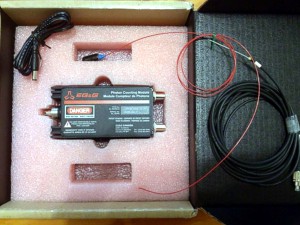 I HAVE NO RELATION TO SELLER – Just passing along in case someone is interested.
I HAVE NO RELATION TO SELLER – Just passing along in case someone is interested.

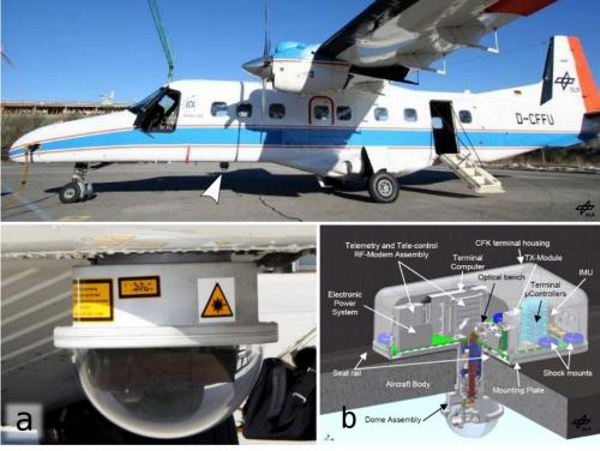

 A recent paper entitled “
A recent paper entitled “ We recently learned the sad news that Dr. Akira Tonomura – a truly great experimentalist – passed away on May 2, 2012 during the course of treatment on pancreatic cancer.
We recently learned the sad news that Dr. Akira Tonomura – a truly great experimentalist – passed away on May 2, 2012 during the course of treatment on pancreatic cancer.
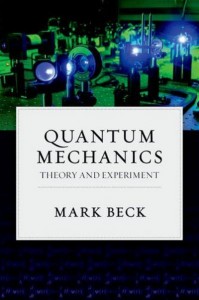

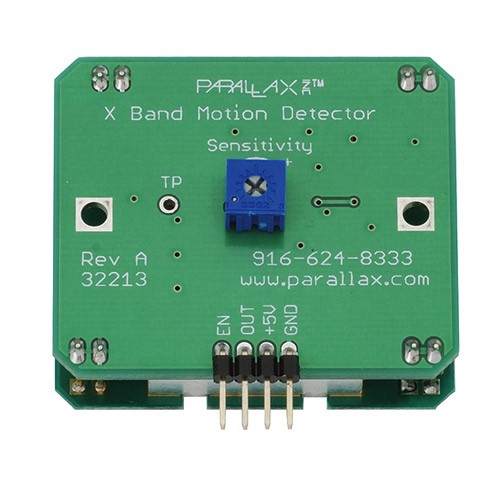
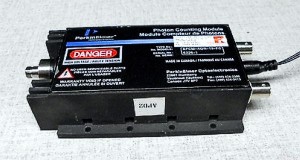 Today I found two Perkin Elmer SPCM-AQE-13-FC SPCMs for sale on eBay at $400 each. eBay auction numbers are 280877451350 and 280877453169. I am passing along this information in case that blog readers may be interested. I have no connection whatsoever to seller.
Today I found two Perkin Elmer SPCM-AQE-13-FC SPCMs for sale on eBay at $400 each. eBay auction numbers are 280877451350 and 280877453169. I am passing along this information in case that blog readers may be interested. I have no connection whatsoever to seller.